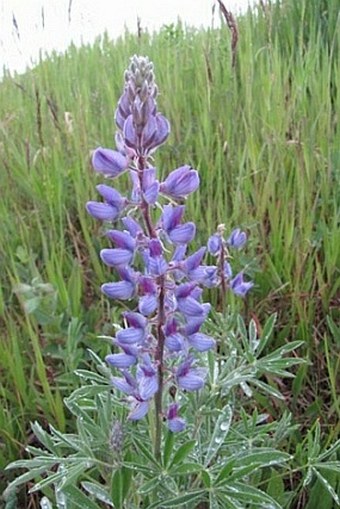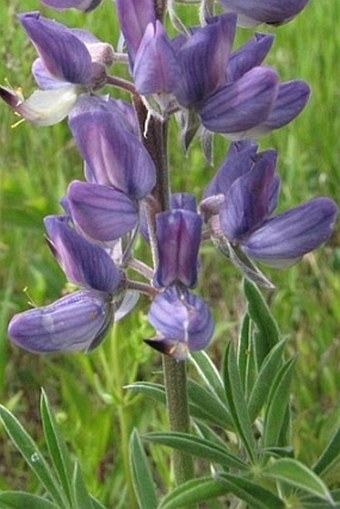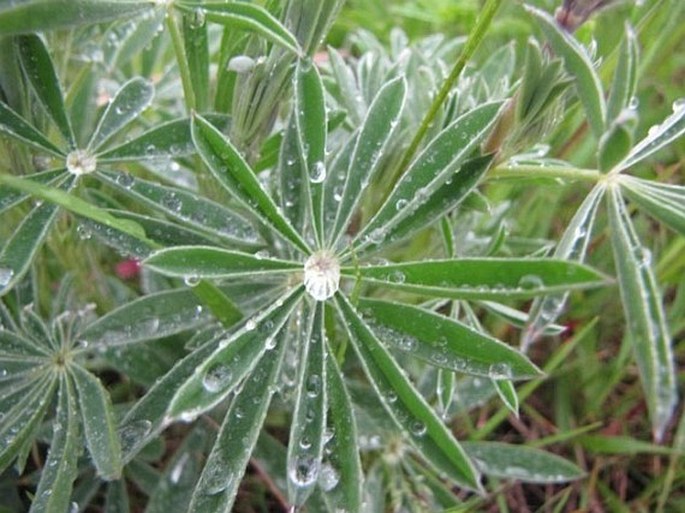Family: Fabaceae Lindl.

Distribution: North America, typically Rocky Mountain plant, from British Columbia to northern Arizona and eastward to South Dakota. These pictures represent the nominate subspecies; subsp. huffmanii and subsp. marianus grow in towards south in Utah and Arizona.
Ecology: Mountain meadows and slopes, forest margins and shrubs and in eastern foothills of Rocky Mountains reaches prairie. Found in elevations up to 2500 m. Blooms from May until August.
Description: Perennial herb, 20–70 cm tall. Stem erect, solitary, somewhat branched at top, silvery hairy. Leaves alternate, long stalks, palmately compound, 7–9 leaflets, oblong to lanceolate, 2–6 cm long, 3–6 cm wide, silky haired on both sides. Inflorescence is a densely flowered raceme, terminal, 10–15 cm long; flowers with stalks, 10–12 mm long, pea-like, deep blue, rarely yellowish or white. Fruit is a silky legume, 2–3 cm long; 3–5 seeds.




These images were taken in Canada, Alberta, Calgary, Nose Hill Park (June 2012).


